Artificial intelligence (AI) is transforming many sectors, and non-food retail is no exception. In an environment where customer expectations are changing rapidly and team management is a constant challenge, organizations are looking for pragmatic solutions to improve efficiency and deliver a better experience for their employees and customers. At Baker Lab, we believe AI is a powerful tool for automating repetitive tasks, allowing teams to focus on what really matters: people. In this article, we explore four particularly relevant use cases implemented by our customers in the non-food retail sector to improve their HR teams and internal communications.
1. Initial sorting of CVs
There’s no need to drown in piles of CVs – let the AI do the sorting, and you won’t miss the nuggets!
One of the most time-consuming tasks for human resources departments is sorting CVs. In the retail sector, where recruitment can be massive for both temporary and permanent positions, this process is all the more cumbersome. With AI, CV sorting can be considerably simplified. Thanks to image recognition and OCR (optical character recognition), systems can extract relevant information from CVs. Machine learning, a technology that enables algorithms to learn and improve from data, can quickly and efficiently analyze CVs, identifying key skills and relevant experience. This enables recruiters to focus on the most promising candidates, reducing recruitment time and improving the quality of hires, particularly in a sector where responsiveness is essential.
2. Internal communication through innovative formats
Improve the fluidity and efficiency of exchanges within your organization with podcasts, TikTok videos and AI-generated chatbots.
Internal communication is essential to the smooth running of any organization, and in retail, where teams can be scattered between stores, warehouses and head office, ensuring fluid and effective communication is paramount. AI offers innovative solutions to improve these exchanges. For example, AI-powered chatbots can instantly answer employees’ common questions about internal policies, while podcasts and videos can be used to share strategic information or updates in an engaging way. These non-traditional formats make communication more dynamic and interactive, increasing employee engagement and productivity.
3. Impactful in-house training
Use avatars of your key trainers / COMEX members to offer interactive and engaging training to your teams.
In non-food retail, training teams on new products, internal procedures or management tools is crucial. Yet designing and implementing effective training programs can be costly and time-consuming. AI makes it possible to create more interactive and personalized training experiences. By using realistic avatars of trainers or management members, organizations can offer engaging and memorable training sessions. These avatars can interact with employees, answering their questions and adapting to their learning pace. What’s more, these training courses can be accessed at any time, allowing employees to train at their convenience, which is particularly relevant in retail, where schedules can be varied and continuous training essential.
4. Onboarding chatbot
Simplify and personalize the integration of your new recruits with an intelligent, empathetic chatbot. I promise, he won’t tell you he didn’t understand the request!
Onboarding is a crucial step in integrating new recruits into an organization, especially in retail where employees can quickly move from one job to another. An effective onboarding process helps new employees feel welcome and quickly settle into their new environment. Onboarding chatbots, powered by AI, can greatly simplify this process. These chatbots can answer questions from new recruits, provide information on internal procedures, and guide employees through their first stages of integration. Thanks to their ability to understand and respond empathetically, these chatbots ensure a positive, personalized onboarding experience, easing the burden on HR teams who can focus on more strategic tasks.
Conclusion
Integrating AI into the human resources and internal communications departments of non-food retail offers many advantages. By automating repetitive tasks, improving communication and making training more engaging, AI enables organizations to gain efficiency and focus on what really matters: people. Adopting a pragmatic and effective approach with AI can transform your everyday working life and help you reach new heights of productivity.




